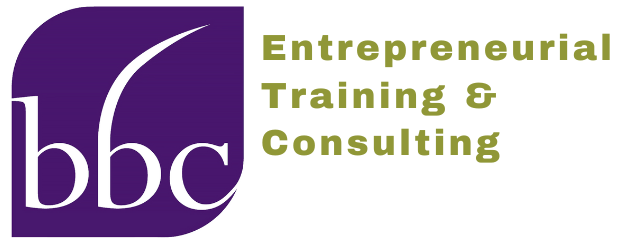If your company plans to submit a proposal for a Release 1 topic to the Department of Energy SBIR/STTR program, September is the time to work diligently on three key aspects of your proposal. Full proposals are due October 10 via Grants.gov. Work with your BBCetc Consultant on multiple iterations of:
1. Outlining key Technical Objectives. Achieving your Technical Objectives should prove that your concept is feasible. Remember, the focus of Phase I is proof of concept, NOT reaching a minimum viable product (MVP). Developing your MVP is the emphasis of Phase II. A common mistake for proposers is trying to do too much in Phase I. Simply focus on the key go/no-go question you need to answer to prove your concept and write Technical Objectives that will answer those questions. Don’t forget to include quantitative success measures for each Technical Objective.
2. Conducting customer interviews. Including letters of support for your product will make your DOE proposal more competitive. At the Phase I stage, the letters can be fairly non-committal showing mainly that you have engaged with customers to validate that there is a market for your product. Letters supporting Phase II proposals should include more actual commitments, such as an expression of interest in purchasing or serving as a pilot site.
3. Building your team. Having a strong team and confirming that you have adequate facilities and resources to conduct the research you are proposing are important review elements. If you are hiring a National Lab or University as a subawardee, you will want to make sure that in September you finalize the Scope of Work for your sub-award. Remember, your company drives the project, NOT the sub-awardee. Make sure YOU set the Scope of Work for your sub-awardee and tell them the budgeted amount you can pay. Recall the funding limits: For SBIR the maximum amount you can subaward is 33.0 percent, and for STTR the maximum amount is 60.0 percent.
Don’t Forget: DOE has two new forms that are required for all SBIR submissions.
- The first is the Foreign Influence Disclosure form
- Promoting Inclusive and Equitable Research (PIER) Plan

